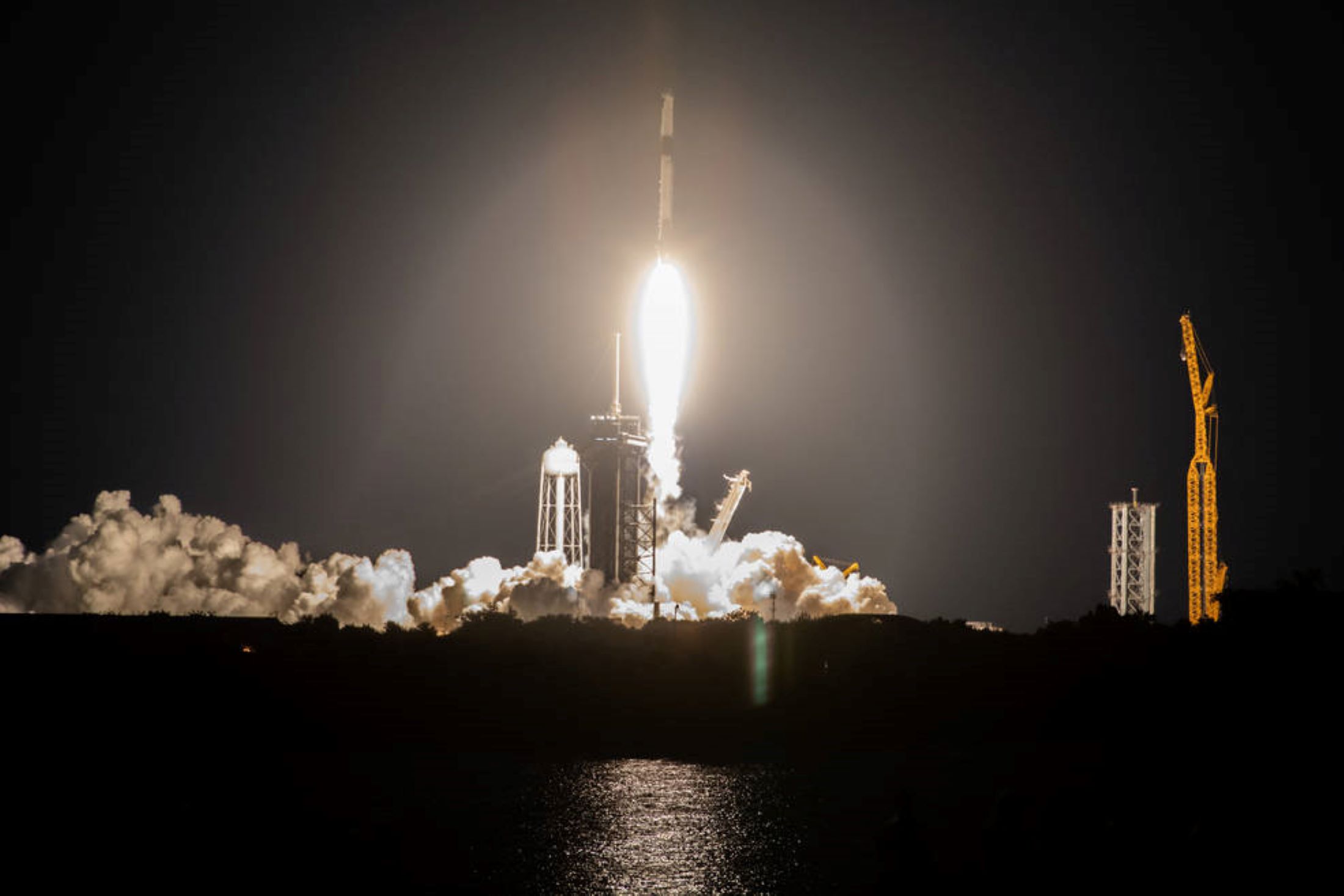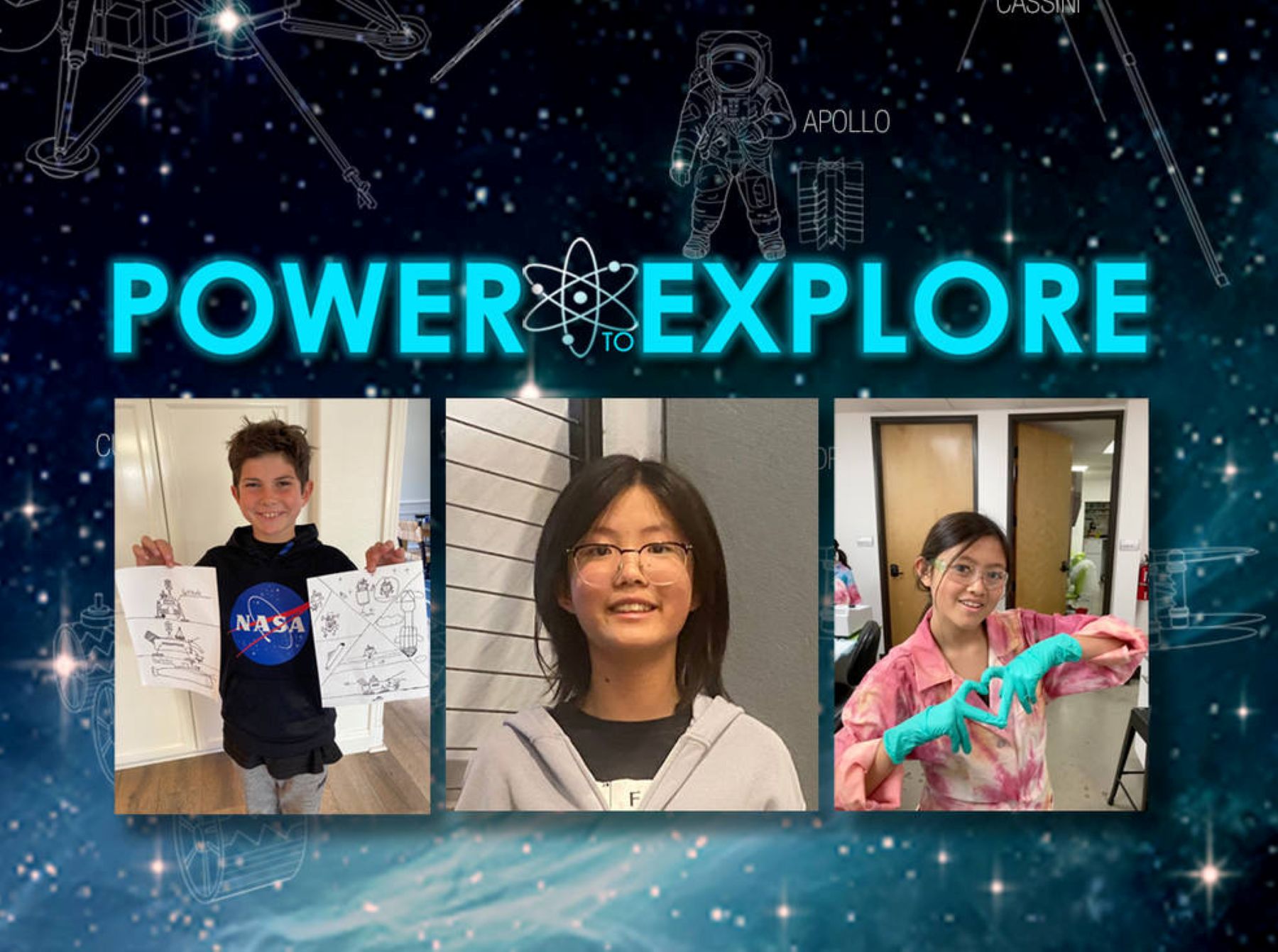NASA Invites Media to SpaceX’s 27th Resupply Launch to Space Station

Media accreditation is open for SpaceX’s 27th commercial resupply mission for NASA to the International Space Station. Liftoff of the SpaceX Dragon cargo spacecraft on a Falcon 9 rocket is targeted for no earlier than Friday, March 10, from Launch Complex 39A at NASA’s Kennedy Space Center in Florida.
SpaceX’s Dragon will deliver new science investigations, supplies, and equipment for the international crew, including the final two experiments comprising the National Institutes for Health and International Space Station National Laboratory’s Tissue Chips in Space initiative. Both studies, Cardinal Heart 2.0 and Engineered Heart Tissues-2, use small devices containing living cells that mimic functions of human tissues and organs to advance the development of treatments for cardiac dysfunction.
Media prelaunch and launch activities will take place at Kennedy. Attendance for this launch is open to U.S. citizens. U.S. media must apply by 11:59 p.m. EST Wednesday, Feb. 22. Media wishing to take part in person must apply for credentials at:
Credentialed media will receive a confirmation email upon approval. For questions about accreditation, or to request special logistical requests, please email ksc-media-accreditat@mail.nasa.gov. For other questions, please contact Kennedy’s newsroom at: 321-867-2468.
Para obtener información sobre cobertura en español en el Centro Espacial Kennedy o si desea solicitar entrevistas en español, comuníquese con Antonia Jaramillo at: antonia.jaramillobotero@nasa.gov or 321-501-8425.
Other studies launching include, NASA’s HUNCH Ball Clamp Monopod, a student manufactured project that can make filming in space easier, and the Japan Aerospace Exploration Agency’s Tanpopo-5 investigation, which studies microbes to learn more about the possibility of the survival and growth of organisms in space and on extraterrestrial planets, such as Mars.
Cargo resupply by U.S. companies significantly increases NASA’s ability to conduct more investigations aboard the orbiting laboratory. Those investigations lead to new technologies, medical treatments, and products that improve life on Earth. Other U.S. government agencies, private industry, and academic and research institutions can also conduct microgravity research through NASA’s partnership with the International Space Station National Laboratory.
Humans have occupied the space station continuously since November 2000. In that time, 263 people and a variety of international and commercial spacecraft have visited the orbital outpost. It remains the springboard to NASA’s next steps in exploration, including future missions to the Moon under Artemis, and ultimately, human exploration of Mars.
For more information about commercial resupply missions, visit:





